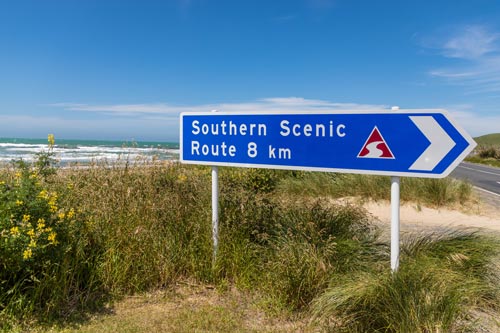Alternative Traffic Routes
Alternate routes are routes that provide more options off the highway but are aligned to the road. Some people would call them “short cuts,” while others refer to them as optional routes. These routes would start from the main highway and run through a long-distance and finally link up to the same road. People often tend to use alternate routes when there is a work zone on a freeway.
When there is a freeway work zone, conflicts naturally arise between the motorists and the work activity. In most cases, the work zone on the freeway contributes to traffic snarl-up, inconveniencing motorists. Sadly, some motorists caught in the snarl-up can’t tell what’s happening ahead of them until they reach the point.

Worse still, they can’t reverse to find an alternative route because they are already there. In some instances, the motorist’s safety is in jeopardy because their vehicles can be hit from behind by a free moving car that didn’t know there was snarl-up a due work zone on a highway.
There is a need to provide real-time information on work zone to drivers because they can easily opt for alternative traffic routes and ultimately avoid snarl-ups. It can only be achieved by utilizing our Smart work Zones.
Smart work zone systems are invented to predict time or delays on a free work zone on a real-time basis. We encourage you to get this equipment from us because they inform motorists and encourage them to take alternate traffic routes. It reduces traffic congestion and improves the motorists’ safety during the freeway’s unexpected condition or temporary closure.
We at Worksafe Traffic Control Industries are the leading manufacturers in providing the highest quality systems in America since all our products are MUTCD-compliant. Our competitive nature has earned us government contracts and has seen us partner with relevant traffic bodies to provide traffic equipment and more systematic work zones.
Some Key Characteristics of Our Smart Work Zone Systems
- They are portable: They can be moved to different locations and installed there with necessary modifications.
- They are automated: The systems are computerized, so they operate with minimum control from human operators.
- They operate in real-time: it gets data in real-time for analysis and provides frequent updates to motorists.
- They are reliable: They are accurate and provide reliable information. At no particular time can they misinform motorists in construction zone situations.
Equipment that is Used in the Smart Work Zone to Inform Motorists
The following are some of the equipment that is used in the smart work-zone to inform motorists.
- Travel time information system: This equipment uses real-time information that automatically collects and processes to predict and display the time taken through zones for motorists in advance.
- Alternative routes: These are used to encourage motorists to make route decisions; here, a second dynamic message panel is used (create a dual-display sign). With the real-time display, the traffic volume for both routes adjusts itself. This can make the driver take the alternative route.
- Smart arrow boards: It’s incorporated with computerized TIS to give drivers better information to help them go around an active work zone faster.
- Variable speed limit trailers: In the area, speed is the number one cause of crashes. The use of variable speed limit trailers can calm traffic through a work zone by adjusting speed limits remotely via software.
Others include: Traffic detection trailers, Queue warning systems, Dynamic lane merge system, Truck entering system, Conflict warning system, Temporary roadway hazards system, the emergency pull of detection system, The Left turn detection system, Traffic detection devices, Traveler information radio system, and Work zone camera trailers.
Contact us to discuss the various systems, and learn how they can help make your next work zone safer.

